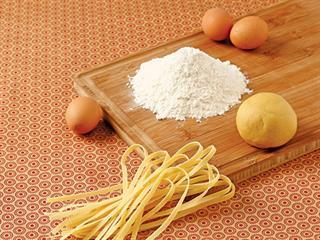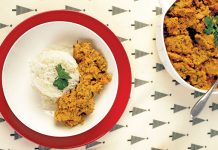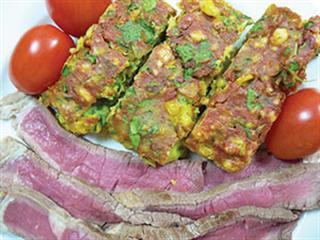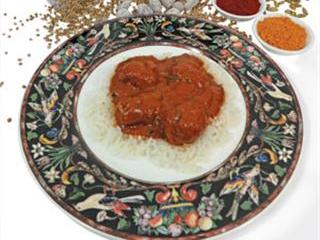
To make the most basic fresh pasta for six, you will need:
- 5 eggs at room temperature
- 250g plain white flour
- 250g durum flour (Alternatively, use 500g plain white flour)
When it comes to simple recipes, this one is hard to beat. As the ingredients indicate, you can make either of two flour-based decisions. The most straightforward is to use plain flour. But if you desire a greater sense of texture in the final outcome, mix white flour and durum flour in equal proportions.
Pour the flour into a large mixing bowl and make an indentation or well in the middle of it. Break the eggs into this and use a fork to mix the eggs and flour until they are more or less combined. Using your well-washed hands, complete the mixing process by kneading the dough until it is soft and uniform. Small additions of flour may be needed if the mix is too sticky. If it’s dry and flaky, add a little water. Job done!
Now we’ve got a big ball of yellow dough. Break it up into four equal-sized balls and on a well-floured work surface roll it out to a thickness of 2mm or so. With the sharp point of a standard cook’s knife cut the dough into 5mm-wide strips. This will produce a good-looking tagliatelle when dried. Repeat with the remainder of the dough.
Now for the drying. Drape the strips of raw pasta over a wooden rack or a clean broom stick arranged horizontally. In hot, humid KZN, drying fresh pasta can result in loud operatic swearing. In places of low humidity or air-conditioned kitchens, these pasta-drying problems are unknown. It takes an hour or so for the pasta to harden and dry.
Bring a large saucepan of lightly salted water to a rolling boil and immerse the pasta. It cooks far more quickly than the industrial product, so keep a careful eye on proceedings. A few minutes should be enough. Some melodramatic TV chefs throw a strip at the ceiling as a test, but the better method is to taste a cooled section.
The texture is the big deal; it should be al dente – have some resistance as you bite it. When done, drain the pasta and serve immediately with the sauce. Hand-cranked and electrically powered pasta rollers are available from specialist cooking shops, with templates to produce different pasta types. But in my view, creating fresh pasta at home should be a simple process involving minimal equipment.













